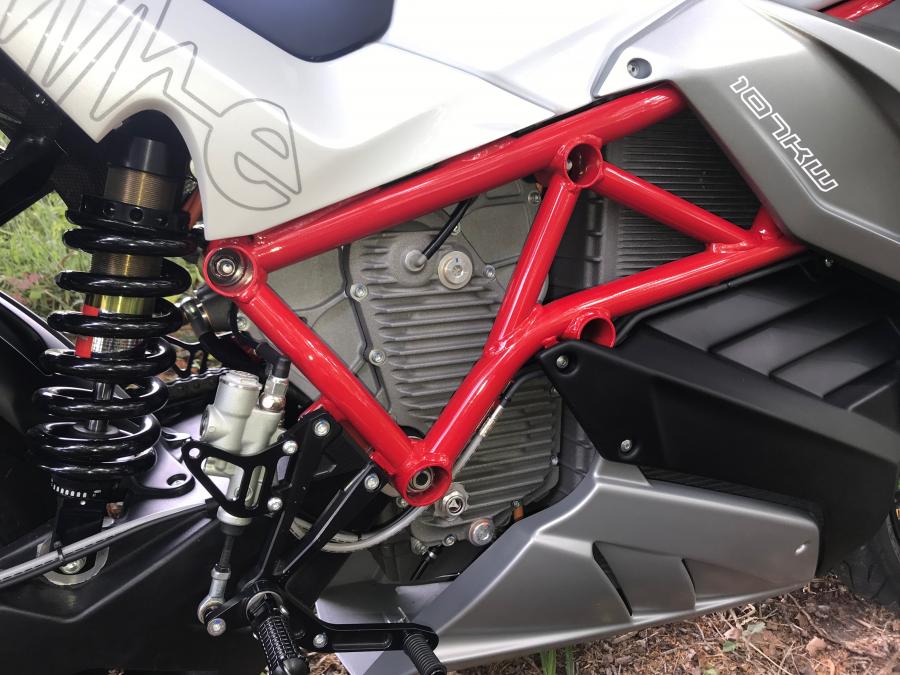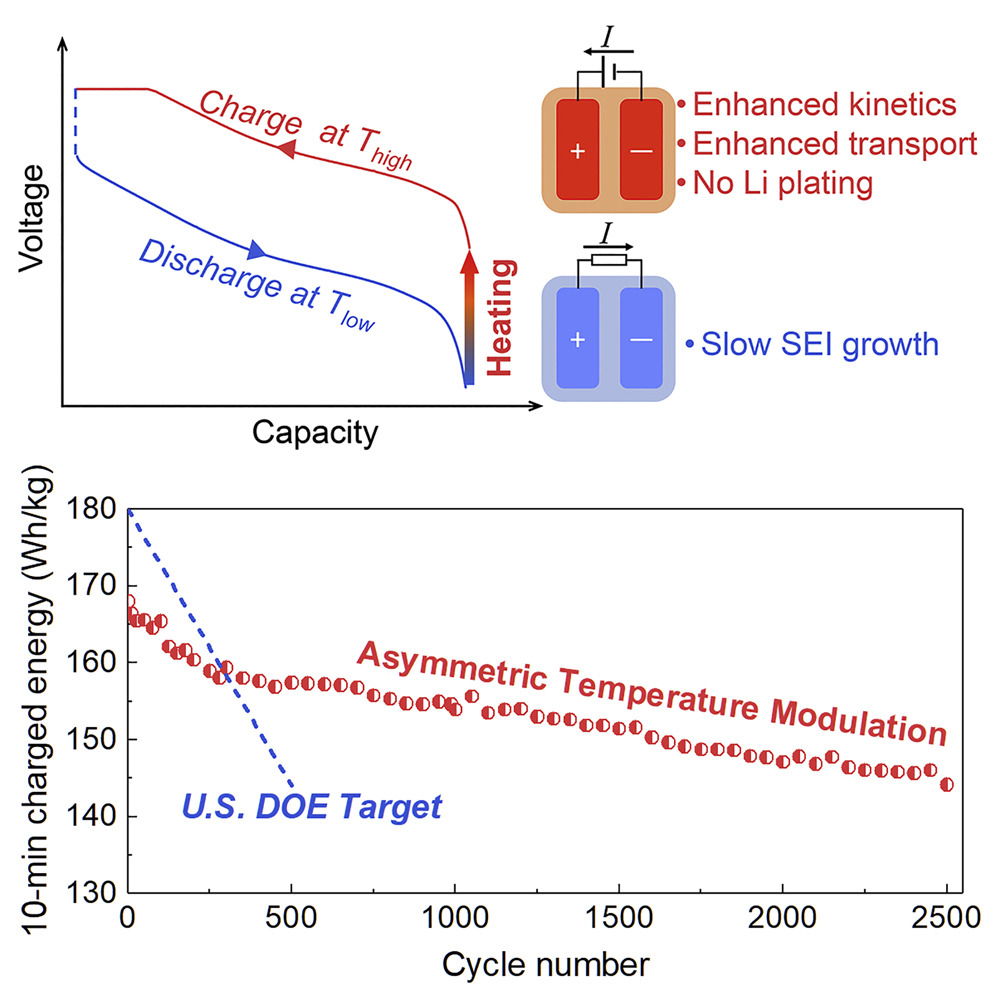Could 200 miles charge in 10 minutes help you to go electric?
Boffins think they may have found a way to allow ultra-quick charging of batteries that could make 200-mile recharges as quick as just 10-minutes

SCIENTISTS think they may have found a way to maintain a battery's internal temperature in such a way that it could allow ultra-fast charging. Given that recharging time and motorcycle range are two of the biggest criticisms of electric bikes, the new discovery could help to turn many people on to the idea of electric motorcycles.
For many motorcyclists, getting the recharging time of an electric motorcycle down to the refuelling time of a petrol motorcycle is key to getting them involved in the electric revolution. Well, now a team of scientists and researchers at Penn State University think they may have cracked the recharging conundrum.

Why do motorcycle batteries take so long to recharge?
Before we look at the solution, let us understand the problem around recharging and why it typically takes hours to fully charge a motorcycle battery.
The problem stems from something called Li plating – Lithium Plating – which occurs within the battery as it charges – particularly when charged quickly. This plating builds within the battery like a stalagmite does from the floor of a cave. The problem with them is that they can be attributed to causing short-circuits within batteries. Not good when you are sitting on a few hundred KV of energy! To stop the batteries from plating in this way, most manufacturers opt for a trickle charge technique, resulting in longer than optimal recharging times.

How will the new technique result in a faster, more efficient recharge time?
The answer to the question seems very simple, but then some of the best ideas are! It’s asymmetrical charging and discharging temperatures. According to the data the boffins at Penn State gathered, keeping the battery cool while it discharges and allowing it to run hot during the charging process is the key. The increase in recharging temperature not only keeps the Li plating to a minimum, it also allows a higher transport (energy exchange) and doesn’t seem, at this early stage anyway, to affect the overall longevity of the battery.


